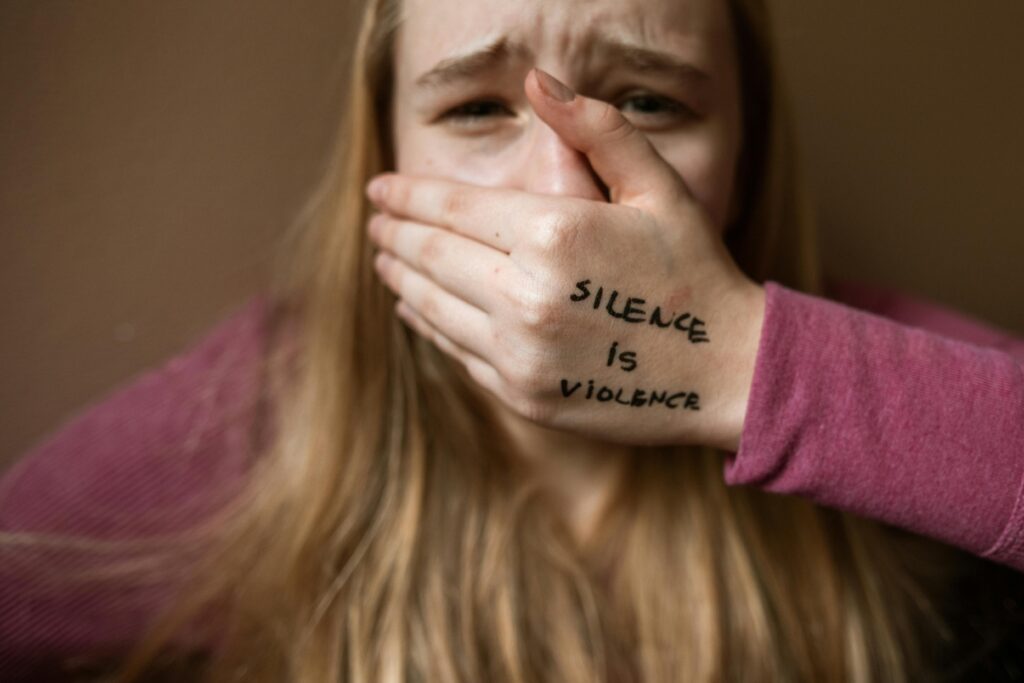Witnessing the Intensities of Trauma: Ukraine, Hungary, China, and the Holocaust Through a Psychoanalytic Lens
Introduction
Witnessing trauma, especially on the scale seen in events like the Holocaust, contemporary conflicts in Ukraine, historical repression in Hungary, and social upheavals in China, is an experience fraught with psychological complexity. Trauma is not only endured by direct victims but reverberates through collective memory, intergenerational transmission, and social consciousness. Psychoanalysis provides a framework to understand how individuals and societies process, repress, or repeat trauma, as well as the burden and necessity of bearing witness.
The Psychic Challenge of Witnessing Trauma
To witness trauma is to encounter the unspeakable—events so overwhelming that they disrupt symbolic processing (Caruth, 1996). The trauma is at once external and internal; it can cause fragmentation of the self and shatter a shared sense of reality (Laub, 1995). The witness occupies a precarious psychic position, caught between compassion, horror, and often feelings of helplessness or guilt (Benjamin, 2004).
Ukraine: War, Displacement, and Collective Trauma
The ongoing war in Ukraine has generated immense suffering, forcing millions into displacement and exposing civilians to violence and loss. The psychic reality of Ukrainian refugees and survivors includes:
Repetition compulsion: Re-enactments of loss and fear.
Secondary trauma: Witnessing violence through media and community narratives.
Fragmented identity: Struggles to maintain a cohesive self amid political and social upheaval.
For psychoanalytic work, this calls for spaces where traumatic memory can be held and symbolized, moving beyond bare survival to narrative integration. The role of collective mourning and rituals becomes vital in restoring social cohesion.
Hungary: Repression, Memory, and the Weight of the Past
Hungary’s history includes experiences of Nazi occupation, Stalinist repression, and political purges. These historical traumas have left a complex psychic legacy for generations:
The repression of collective memory during communist rule often meant trauma remained unspoken and unsymbolized, circulating as a “ghost” in the social unconscious.
Post-communist Hungary grapples with political narratives that sometimes manipulate or deny past atrocities, complicating the process of collective witnessing and mourning.
Psychoanalytically, this evokes Freud’s concept of the “return of the repressed” on a societal scale, with defensive mechanisms such as denial and projection influencing national identity.
China: Social Upheaval, War, and Generational Transmission
China’s 20th-century history—marked by war, revolution, famine, and the Cultural Revolution—represents layers of collective trauma. Psychoanalytic insights help reveal how:
Family structures are shaped by authoritarian pressures and survival imperatives.
Emotional expression is often suppressed; trauma is transmitted through nonverbal channels, such as bodily symptoms or metaphorical stories.
The concept of “face” and social harmony complicates public acknowledgment of trauma, leading to ambivalence in witnessing and internal conflict.
In China, the trauma of witnessing is intertwined with cultural taboos and political censorship, requiring sensitive approaches that respect the symbolic language of the community.
The Holocaust: Trauma and Testimony as a Foundation
The Holocaust remains the paradigmatic event for understanding the extremities of human trauma. The psychoanalytic discourse around Holocaust witnessing emphasizes:
The impossibility of full representation of the trauma; testimony is always partial but necessary.
The phenomenon of survivor guilt and survivor testimony as a form of working-through (Laub, 1995).
The enduring effects of trauma transmitted through generations, influencing identity, memory, and ethical responsibility.
Psychoanalysis here helps us comprehend how bearing witness transforms trauma into historical and ethical consciousness, resisting oblivion.
Common Themes Across Contexts
Unspeakability and Silence: Trauma defies language; silence or fragmented speech often marks the psychic aftermath.
Intergenerational Transmission: Trauma passes through families and communities via unconscious processes, shaping identities.
Need for Symbolic Containment: Therapeutic, cultural, and ritual spaces are crucial to hold and transform trauma.
Ethics of Witnessing: Bearing witness carries a responsibility—to remember without retraumatizing, to speak without appropriating.
Conclusion: Bearing Witness as an Act of Healing and Resistance
Psychoanalysis offers valuable tools to understand the intensity of trauma witnessed in Ukraine, Hungary, China, and the Holocaust—not only as individual psychic events but as collective wounds shaping history and identity. The task remains to create spaces where trauma can be held, narrated, and mourned, enabling both individual healing and societal transformation.
As Dori Laub poignantly reminds us, “To witness means not only to see and hear, but to be moved to the depths of one’s being.” Bearing witness, despite its agonies, is both a burden and a form of resistance against forgetting.
References
Benjamin, J. (2004). Like Subjects, Love Objects: Essays on Recognition and Sexual Difference.
Caruth, C. (1996). Unclaimed Experience: Trauma, Narrative, and History.
Laub, D. (1995). “Truth and Testimony.” In Testimony: Crises of Witnessing.
Freud, S. (1915). Repression.
Winnicott, D.W. (1960). The Theory of the Parent-Infant Relationship.
